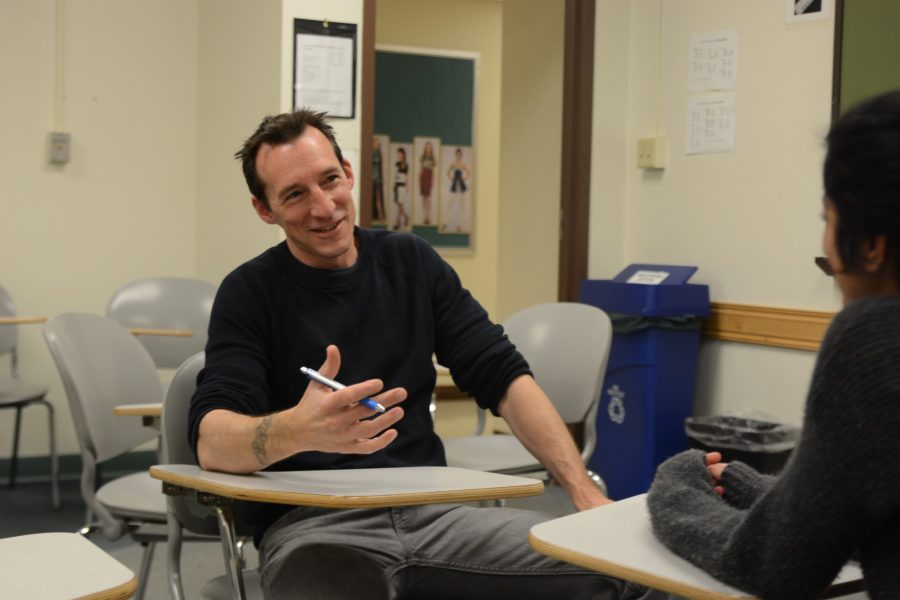Many Colorado State University students are curious about how teachers viewed their own classrooms and their perspectives they have on teaching. We interviewed three CSU professors about their experiences of teaching.
Kevin Walters

As a Psychology professor and fifth-year Ph.D. student at CSU, Kevin Walters’ first experience teaching was at K-State. With a great adviser who let him do online TA work for a few classes, Walters developed a passion his for teaching.
“After being a TA for a few labs and classes, I applied for a position to teach PSY100,” Walters said. “Ever since then, I’ve been fortunate to teach several of my own classes and it’s been the best part of my job.”
Walters teaching methods depend largely on the size and format of the class. In his experience, the best learning happens when teachers are approachable, balance individual learning and group learning and keep students engaged and talking.
“PSY100 is a large class, and everything is face-to-face,” Walter said. “Because of that, most of my teaching revolves around traditional lecture format, along with some in-class discussion, videos, and other activities here and there involving everyone in the class.”
Sean Bryan

Sean Bryan’s, a Geology professor at Colorado State University, first experience teaching was as a TA for an introduction geology course. His first teaching job was at a small college in Iowa.
“I’ve found sharing the excitement of Earth processes and the stories of Earth’s past is really rewarding,” Bryan said. “I think it’s important for everyone to know a bit about the Geosciences, and I’m happy that I get to contribute to that effort.”
Bryan goes for many different types of teaching approaches. He frequently tries to use interactive lectures with iclicker questions, small group discussion, individual and group problem-solving. Instead of the student passively listening, this approach allows them to interact and make connections to course content.
Todd Mitchell

Teaching 20th Century Fiction at Colorado State University, Todd Mitchell started teaching right after college. Mitchell heard about a program where you could teach without a teaching license at independent schools, applied to the program and was placed at a school in New Orleans.
“I’m happy I picked teaching because it is a great way to keep learning throughout your life,” Mitchell said.
Mitchell recently changed the way he teaches based on the science of learning and what researchers now know about how people learn. He calls it “a learning center classroom.” It’s not so much about the instructor, but what the professor gets the students to do. Mitchell designs his classroom around the student work and really practicing the things that he wants them to learn.
An interesting thing Mitchell does is sets up his class in a circle, instead of regular rows. He does this because he doesn’t want to be the main focus and it allows students to see and interact with each other. It shows the students they are going to learn as much from each other as they are from him.
A debate among professors and students is being able to use technology in class. There are varying opinions: some say it is distracting and others allow it because students are considered millennials.
Walters and Bryan have similar opinions about technology. Walters, as a millennial himself, knows students like to type on laptops and is not going to take that away. Bryan knows some students need technology-based tools to learn and by looking up things on the Internet is a way to bring the outside world into the classroom. Mitchell takes a different approach and tries to keep technology to a minimum in his class, not because he does not like it, but because he wants students to constantly be engaged in class discussion.
There are many different approaches professors can take to teaching their students, and every classroom is different. But every teacher has a reason for everything they do for their classroom. Which style is most effective for your learning?





































